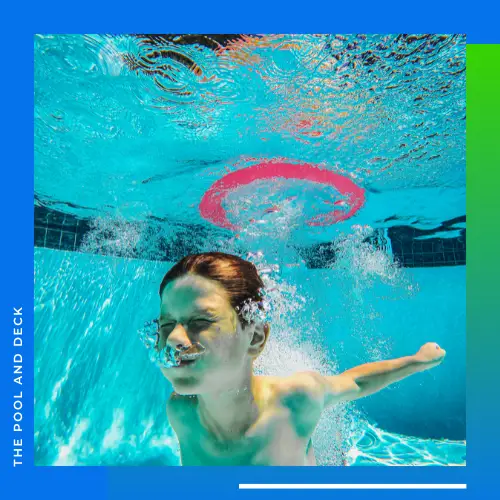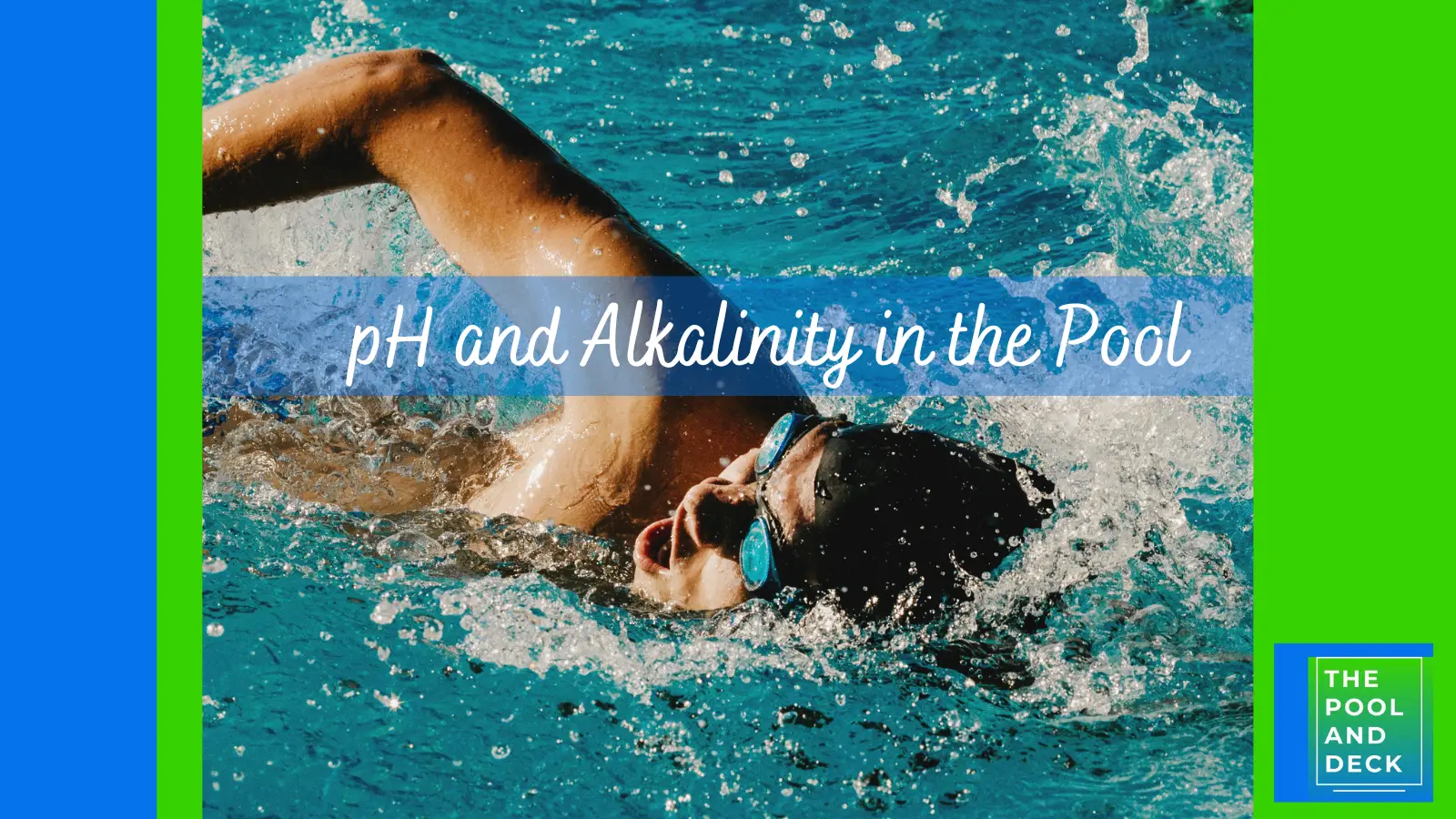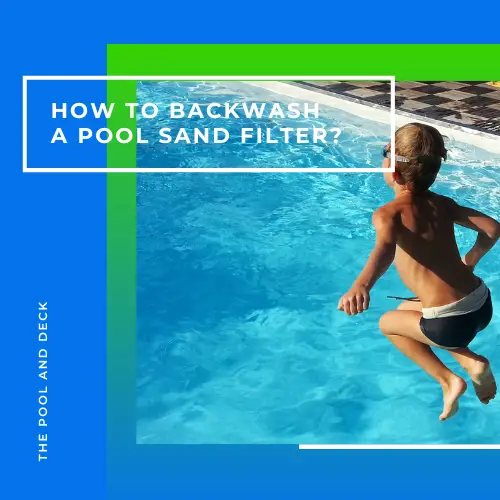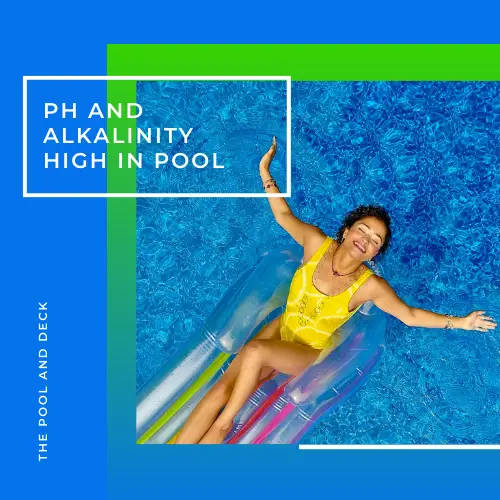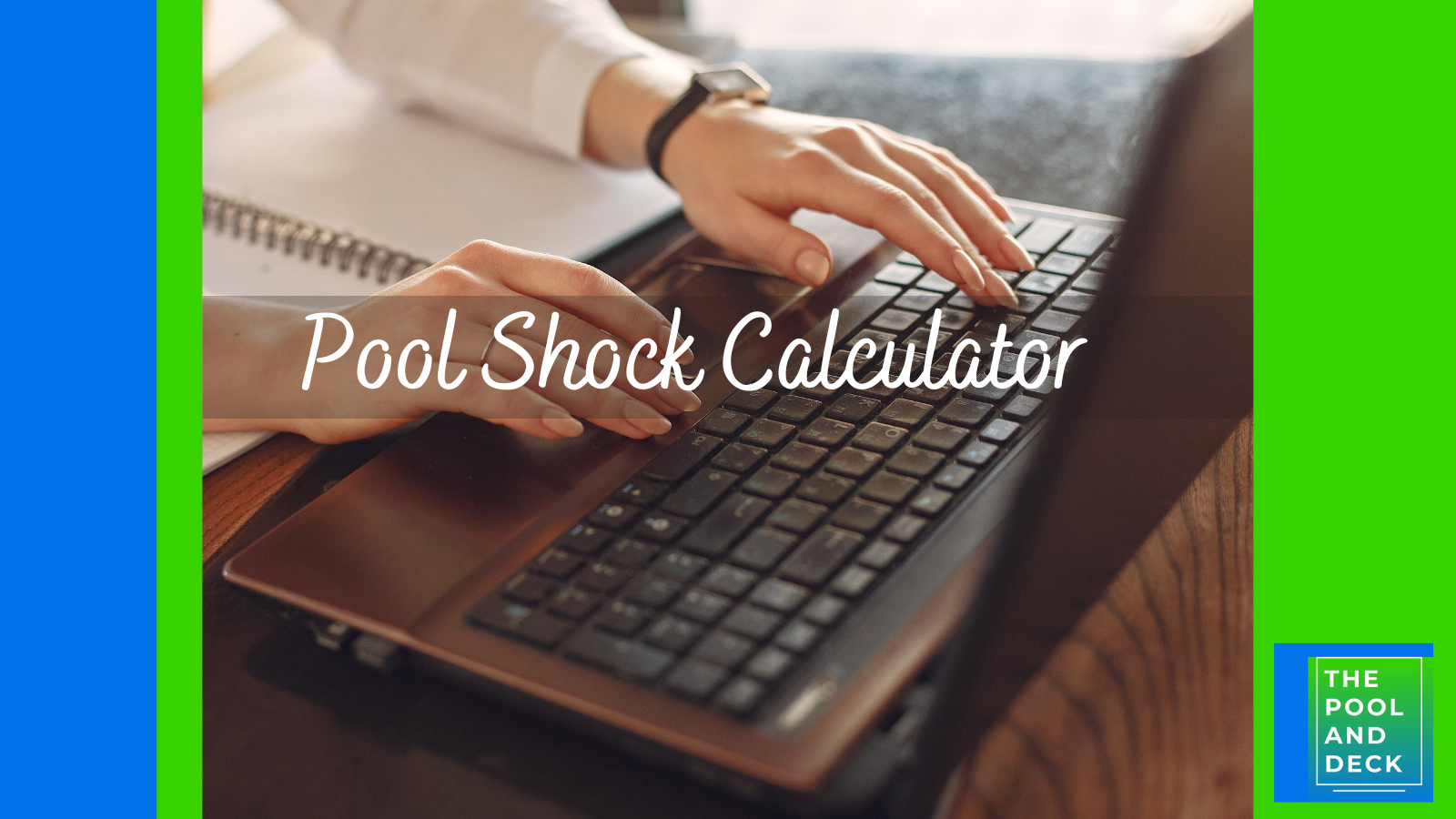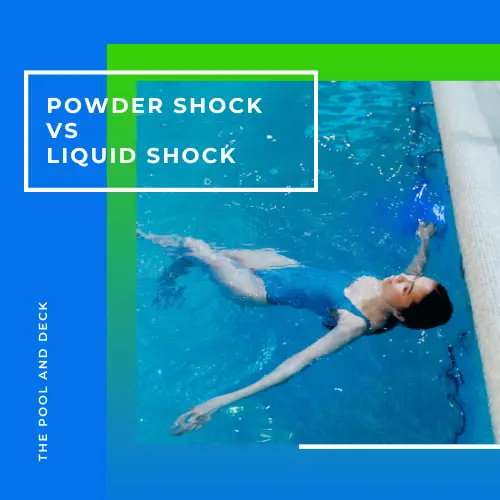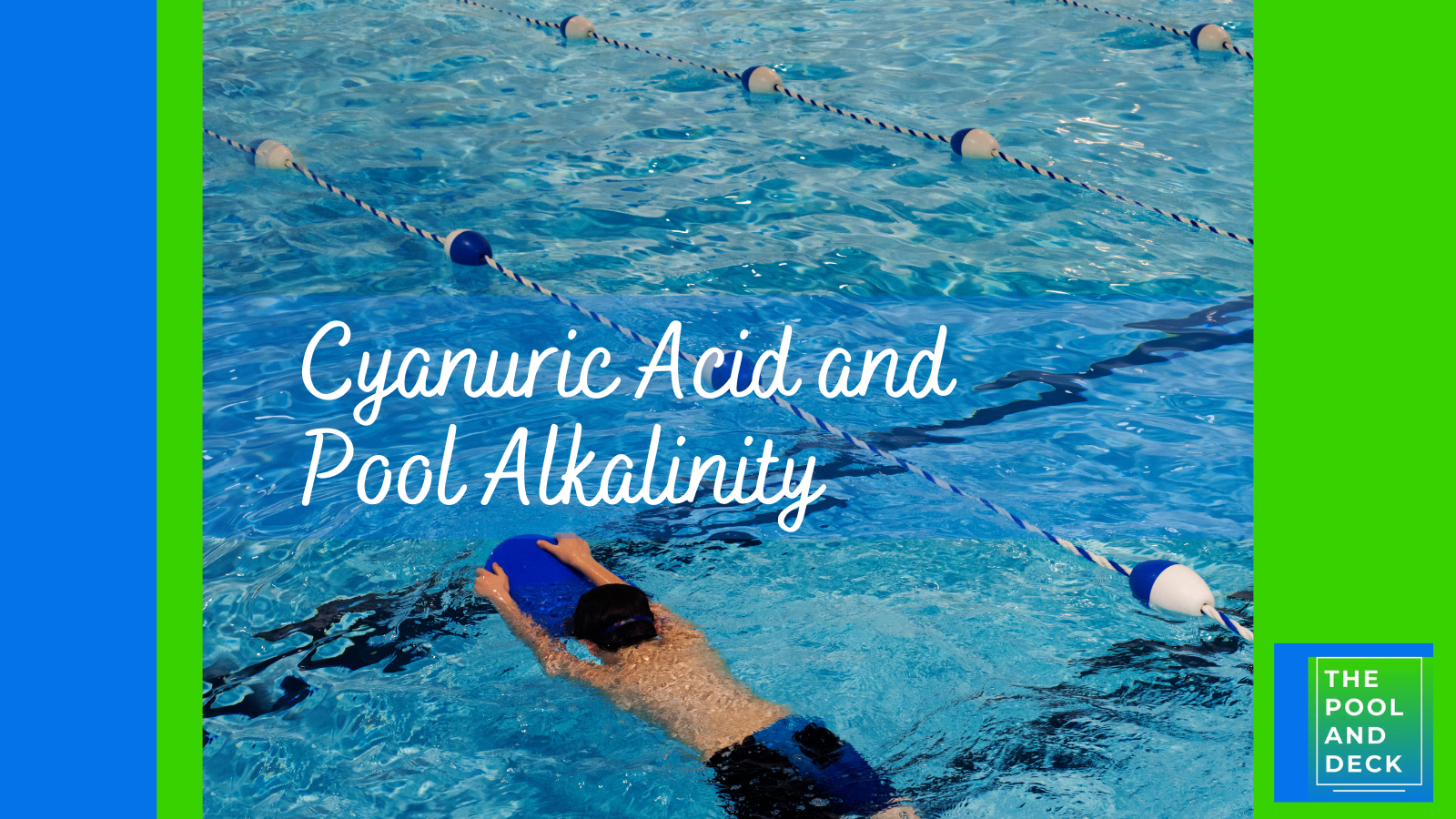What is Combined Chlorine? Beginner’s Quick Guide
thepoolanddeck.com is a participant in the Amazon Services LLC Associates Program, an affiliate advertising program designed to provide a means for sites to earn advertising fees by advertising and linking to Amazon.com . The website is also an affiliate of a few other brands. The affiliate links never increase your purchase price. We do appreciate your support. Thank you very much!
Table of Contents
What is Combined Chlorine?
Combined chlorine is the chlorine that has combined with nitrogen compounds in pool water to form chloramines. Chloramines are formed when free chlorine reacts with nitrogen-containing compounds, such as urea, sweat, and other organic contaminants, introduced by swimmers or otherwise.
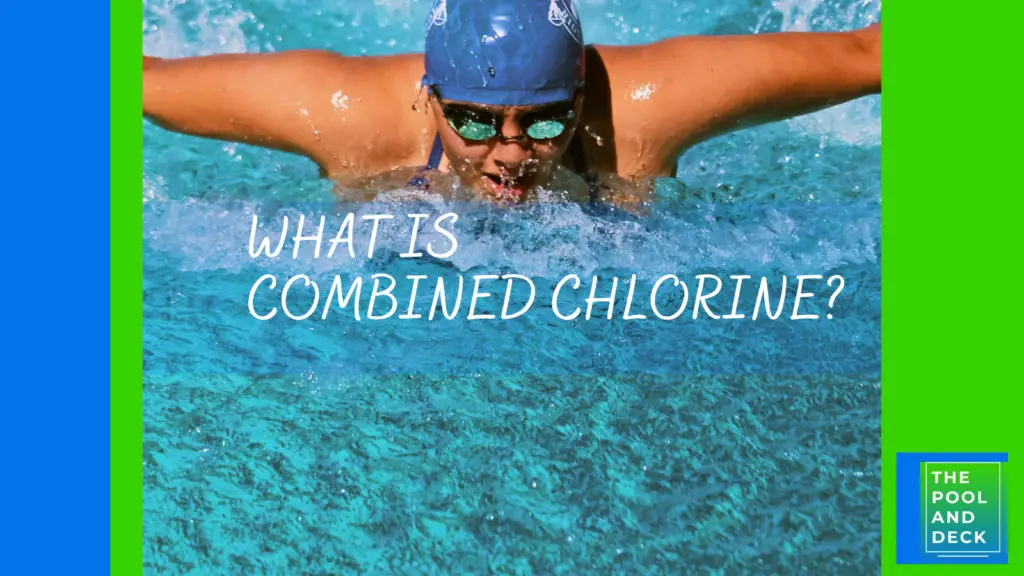
Effect of Combined Chlorine on Pool Water Chemistry
Combined chlorine lowers pool water quality as under:
Reduced Disinfection Effectiveness:
Combined chlorine is less effective at killing microorganisms than free chlorine. High combined chlorine levels indicate insufficient free chlorine for proper sanitation.
Skin Irritation and Eye Discomfort:
Combined chlorine can cause skin irritation and red eyes, particularly for swimmers with sensitive skin.
Unpleasant Odor:
Combined chlorine contributes to the unpleasant “chlorine” smell often associated with swimming pools.
A must read, if you are new to pools: Pool Chemistry for Beginners: With 5 Super Helpful Cheat Sheets!
Formation of Combined Chlorine
Combined chlorine is formed when free chlorine in pool water reacts with nitrogen-containing compounds, such as ammonia and organic matter introduced by swimmers.
Free Chlorine can combine with any ammonia (a component of body fluids) to form chloramines. Ammonia goes through the following stages.
Ammonia (NH3) ==> Monochloramine (NH2Cl) ==> Dichoramaine (NHCl2) ==> Trichloramine (NCl3)
The final product is Trichloramine which exits the pool as a gas.
- Nitrogen Sources: Ammonia and organic nitrogen compounds, such as urea from sweat, serve as the primary sources of nitrogen in pool water.
- Chlorination Reaction: Free chlorine reacts with nitrogen compounds to form chloramines, the most common type of combined chlorine.
- DBP Formation: The reaction between chlorine and nitrogen compounds leads to the formation of disinfection byproducts (DBPs), including monochloramine, dichloramine, and trichloramine.
Types of Chloramine
Chloramines are the most common type of combined chlorine found in pool water. They are categorized as disinfection byproducts (DBPs) due to their potentially harmful health effects.
Monochloramine:
a. Formation: Monochloramine is formed when one molecule of chlorine combines with one molecule of ammonia.
2NH3+2HOCl→2NH2Cl+2H2O
In this equation, NH3 represents ammonia, HOCl represents hypochlorous acid, NH2Cl represents monochloramine, and H2O represents water.
b. Stability: It is the most stable and long-lasting type of chloramine.
c. Disinfection Power: It has some disinfection power, but it is weaker than free chlorine.
Dichloramine:
a. Formation: Dichloramine is formed when monochloramine reacts with more hypochlorous acid.
2NH2Cl+2HOCl→2NHCl2+2H2O
In this equation, NH2Cl represents monochloramine, HOCl represents hypochlorous acid, NHCl2 represents dichloramine, and H2O represents water.
b. Stability: It is less stable than monochloramine and can break down into nitrogen trichloride, a volatile and irritating gas.
Trichloramine:
a. Formation: Trichloramine is formed when dichloramine reacts with more hypochlorous acid.
2NHCl2+2HOCl→2NCl3+2H2O
In this equation, NHCl2 represents dichloramine, HOCl represents hypochlorous acid, NCl3 represents trichloramine, and H2O represents water.
b. Stability: It is the least stable chloramine and exits the pool water as a gas. It is this gas that gives the pool its unpleasant “chlorine” smell.
c. Health Effects: Trichloramine is the most potent skin irritant among chloramines.
Find out more about Chloramines in your pool. Read my earlier blog, Chloramines in Pool: How Best to Deal with Them and Stay Safe?
Inorganic vs Organic Chloramines
Combined chlorine can also be divided into two subcategories: inorganic and organic.
Inorganic Chloramines:
a. Formation: Formed when free chlorine reacts with inorganic nitrogen compounds, such as ammonia.
b. Disinfection Power: Have some disinfection power, but weaker than free chlorine.
c. Removal: Easier to remove than organic chloramines.
Organic Chloramines:
a. Formation: Formed when free chlorine reacts with organic nitrogen compounds, such as urea and sweat.
b. Disinfection Power: Less effective as disinfectants.
c. Removal: More difficult to remove than inorganic chloramines.
d. Health Effects: Can cause skin irritation, red eyes, and an unpleasant odor.
What is the Recommended Level of Combined Chlorine in a Pool?
It is recommended that the level of combined chlorine in pool water should not exceed 1 ppm. Ideally it should be “zero”; but this is not practical. Combined chlorine level of 0.5 ppm is considered as good and safe.
How To Lower Combined Chlorine Level if it is Too High?
The most effective method to lower Combined Chlorine in a pool is to “super chlorinate” (shock) the pool. This involves adding shock to the pool in the evening, after the swimmers have exited and spiking the Free Chlorine level to at least 10 ppm.
Run the pool filter for 8 hours (24 hours for a cloudy pool). Then add a Shock Oxidizer to break up the Combined Chlorine (CC).
The additional Chlorine from the Shock and the Shock Oxidizer, progressively replace Hydrogen atoms by Chlorine atoms. The final product is Trichloramine which exits the pool as a gas.
This process, known as “breakpoint chlorination,” allows for the total oxidation of chloramines, effectively eliminating combined chlorine from the pool water.
Cyanuric Acid Free Shock (Cal Hypo)
HTH 52037 Pool Care Shock Advanced
A fast-dissolving, convenient 4-in-1 Cal Hypo formula that kills bacteria & algae, reduces chlorine odor & irritation, and quickly restores crystal clarity.
Thank you very much for reading the post. I do hope you found it informative and helpful.

